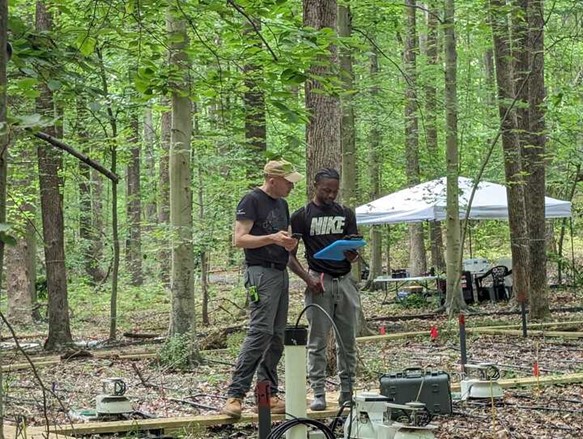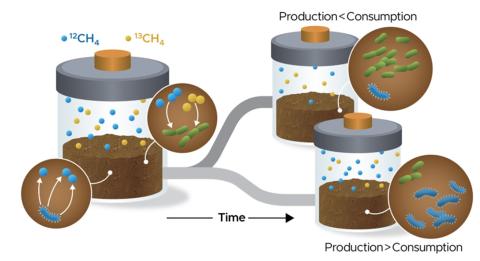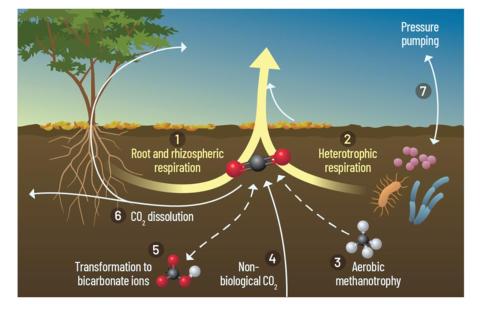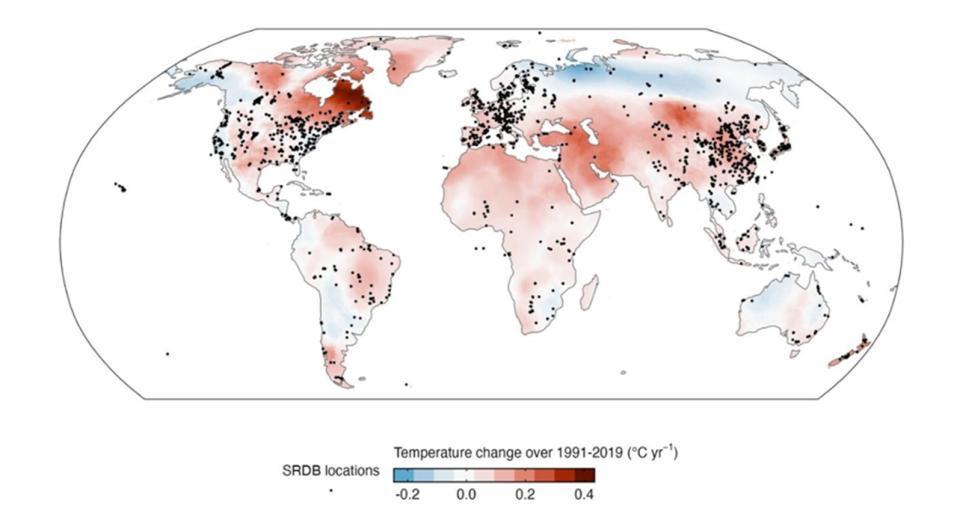Joint Global Change
Research Institute
(JGCRI)
Joint Global Change
Research Institute
(JGCRI)
Biogeosciences and Ecology
Ecosystem to global-scale modeling leverages our understanding of the processes controlling ecological and biogeochemical dynamics in creative simulation experiments, linking JGCRI strengths in fundamental and computational sciences. These have included modeling ‘subtle’ disturbances in northern Michigan forests, the agricultural dynamics of bioenergy crops in an Earth System Model, and using a simple model as a proxy for CMIP-class models such as DOE’s E3SM.

In collaborative work with the Smithsonian Environmental Research Center and Virginia Commonwealth University, JGCRI scientists manipulate ecosystems to simulate disturbances driven by climate change. For example, in the unique TEMPEST experiment, they are flooding a mid-Atlantic coastal forest with 80,000 gallons of fresh and saline water to understand potential responses to rising sea levels.
Open-science databases such as SRDB, COSORE, BAAD, and analytical tools such as PoolDilutionR enable researchers to characterize, analyze, and infer biogeochemical and carbon-flux dynamics across spatial scales. High-impact syntheses led by JGCRI scientists have included:
- Soil Respiration Response to Simulated Precipitation Change Depends on Ecosystem Type and Study Duration
- Globally rising soil heterotrophic respiration over recent decades
- Pervasive shifts in forest dynamics in a changing world
Open-source software written by JGCRI scientists provides robust methods to analyze changing isotope ratios during incubation experiments.


JGCRI biogeosciences researchers investigate how soil-to-atmosphere carbon fluxes have changed over time and may continue changing in the future, due to fundamental physical processes (above) and how well current observations align with ongoing climate change (below).
